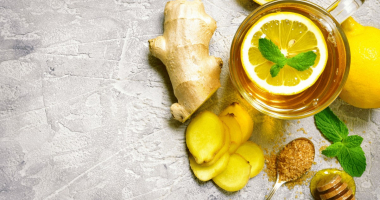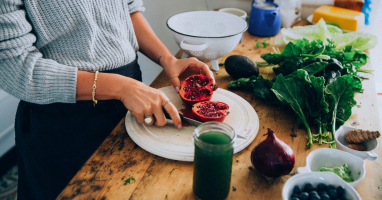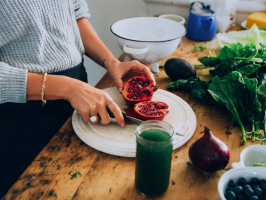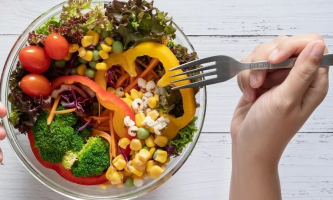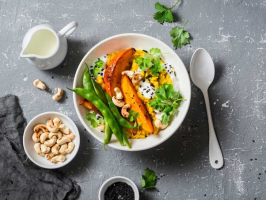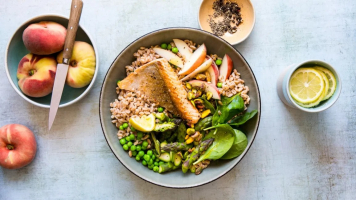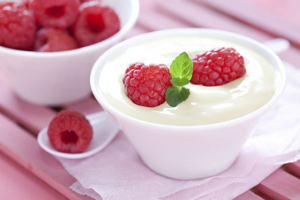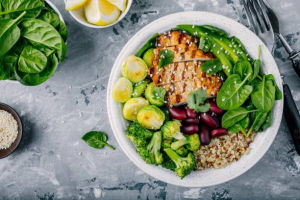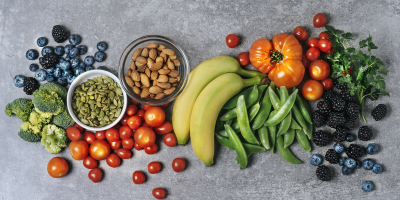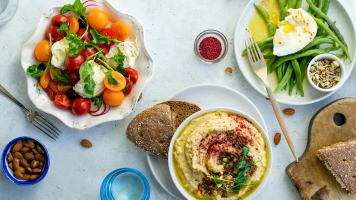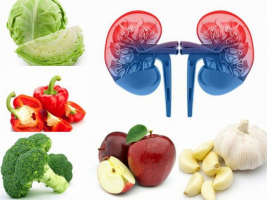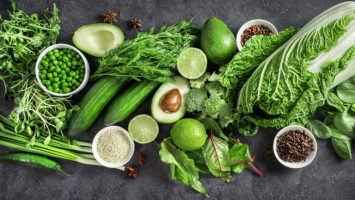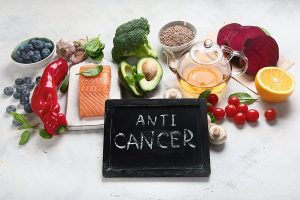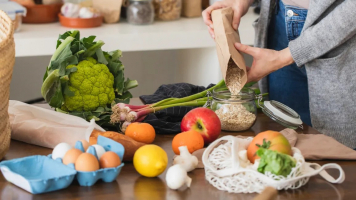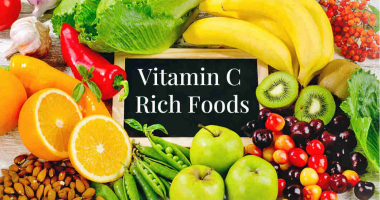Top 15 Best Foods for High Blood Pressure
Despite being a severe diagnosis, high blood pressure may be controlled with the right lifestyle changes. If you've been told by a doctor that you have high ... read more...blood pressure or are at greater risk for it, it's likely that you've also received advice on which foods to avoid, including salty foods like chips, canned soups, and deli meats. But what about some of the foods you should add to your diet, scroll down for more information!
-
Citrus fruits, such as grapefruit, oranges, and lemons, may significantly reduce blood pressure. They include a number of vitamins, minerals, and plant compounds that may help maintain the health of your heart by lowering risk factors for heart disease including high blood pressure.
A 5-month study including 101 Japanese women found a significant correlation between daily lemon juice consumption combine with walking and decreases in SBP (systolic blood pressure). The result was linked to the citric acid and flavonoid content of lemons. Consuming orange and grapefruit juice has also been linked in studies to lower blood pressure. However, before including this fruit in your diet, consult with your doctor because grapefruit and grapefruit juice might conflict with some common blood pressure-lowering medications.
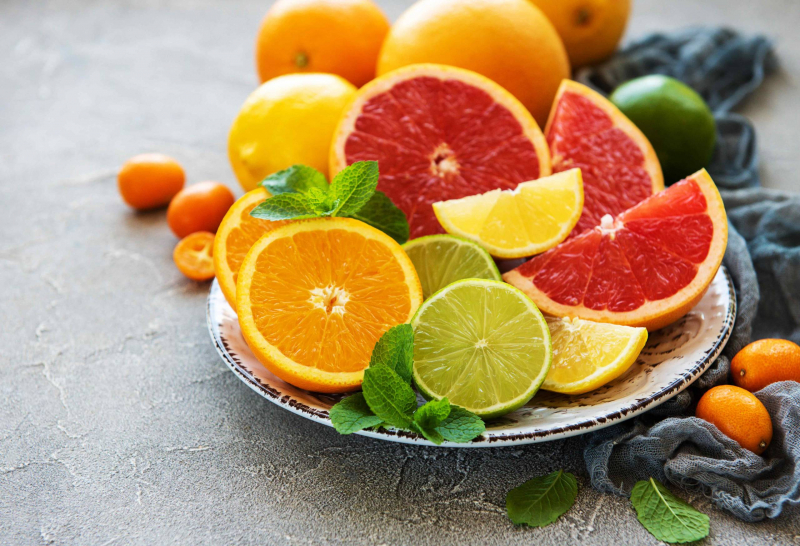
Citrus fruits 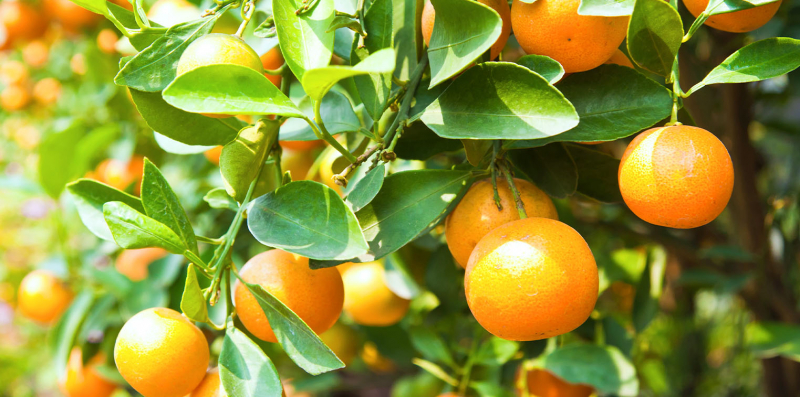
Citrus fruits -
One of the healthiest foods on the planet is salmon. This well-known fatty fish not only contains a ton of nutrients, but it may help lessen certain risk factors for a number of diseases. Salmon and fatty fish are rich in long-chain omega-3 fatty acids, which have been shown to reduce inflammation and lower blood pressure. By reducing inflammation and oxylipin levels, which constrict blood vessels, these fats may help in lowering blood pressure.
Increased consumption of fatty fish rich in omega-3 has been associated with research to decrease blood pressure levels. Those with the greatest blood levels of omega-3 fats had considerably lower SBP (systolic blood pressure) and DBP (diastolic blood pressure) than those with the lowest levels of these fats, according to a study of 2,036 healthy adults. A decreased risk of hypertension has also been linked to higher omega-3 consumption.
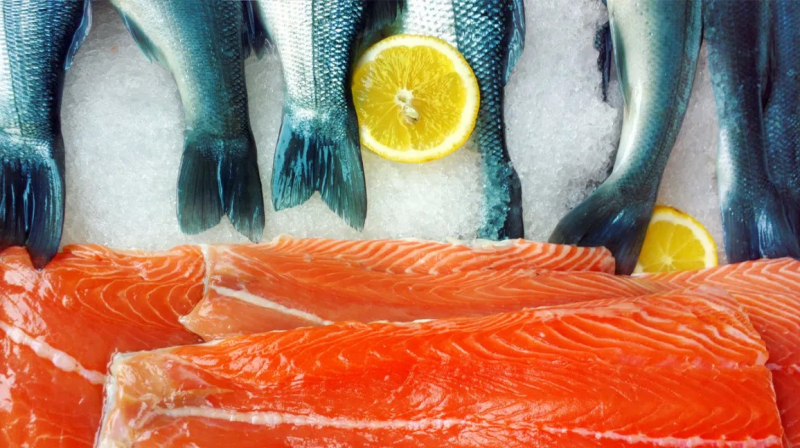
Salmon and other fatty fish 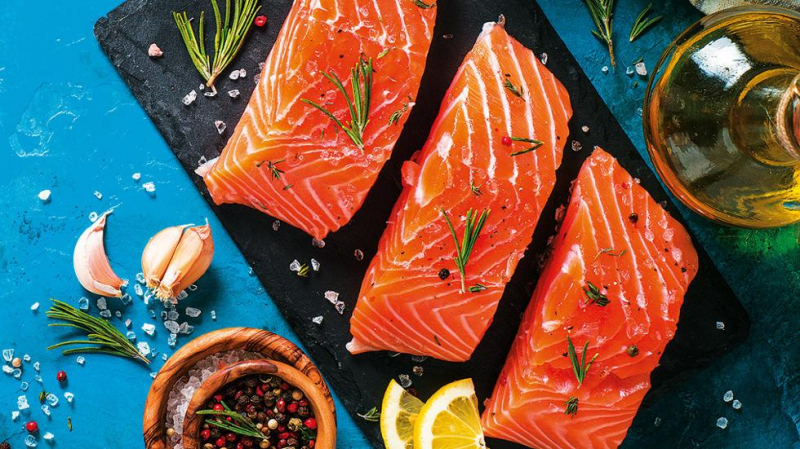
Salmon and other fatty fish -
Swiss chard is a leafy green that is rich in minerals such as potassium and magnesium that control blood pressure. Cooked chard provides 17 and 30% of your daily requirements for potassium and magnesium, respectively, in one cup (145 grams).
Every 0.6-grams daily increase in dietary potassium is linked to a 1.0 mm Hg reduction in SBP (systolic blood pressure) and a 0.52 mm Hg drop in DBP (diastolic blood pressure) in people with high blood pressure. Swiss chard has 792 mg of this important nutrient in one cup (145 grams). Magnesium is also necessary for controlling blood pressure. In a number of ways, including acting as a natural calcium channel blocker, it lowers blood pressure, preventing calcium from entering the heart and arterial cells and allowing blood vessels to relax.
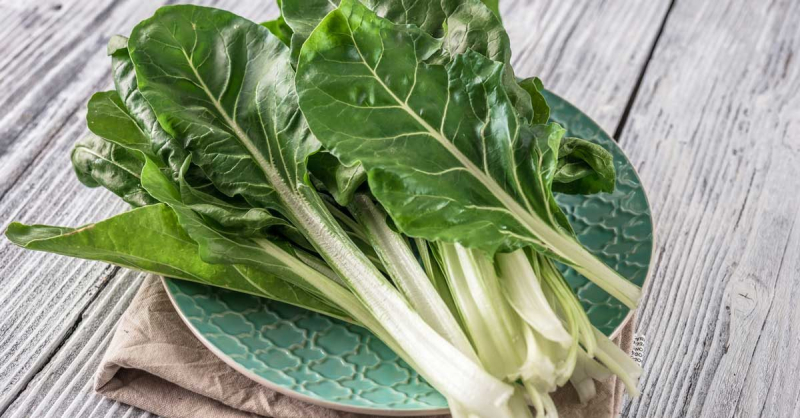
Swiss chard 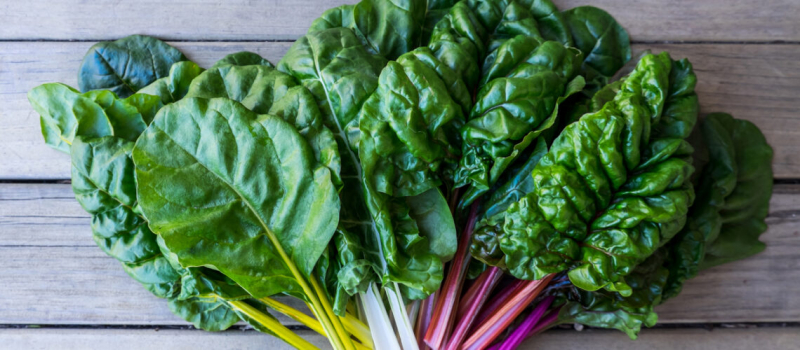
Swiss chard -
Despite their little size, pumpkin seeds are incredibly nutritious. The impressive nutrient profile of pumpkin seeds benefits many aspects of your health. They include a variety of nutrients including protein, unsaturated fatty acids, vitamins, and minerals that lower the chance of developing chronic diseases including cancer.
They include concentrated amounts of minerals that are crucial for controlling blood pressure, such as magnesium, potassium, and arginine, an amino acid necessary for the production of nitric oxide, which is essential for relaxing blood vessels and lowering blood pressure. Additionally demonstrated to be a powerful natural treatment for high blood pressure is pumpkin seed oil. According to one esearch involving 23 women, using 3 grams of pumpkin seed oil daily for six weeks significantly lowered SBP compared to a placebo group.
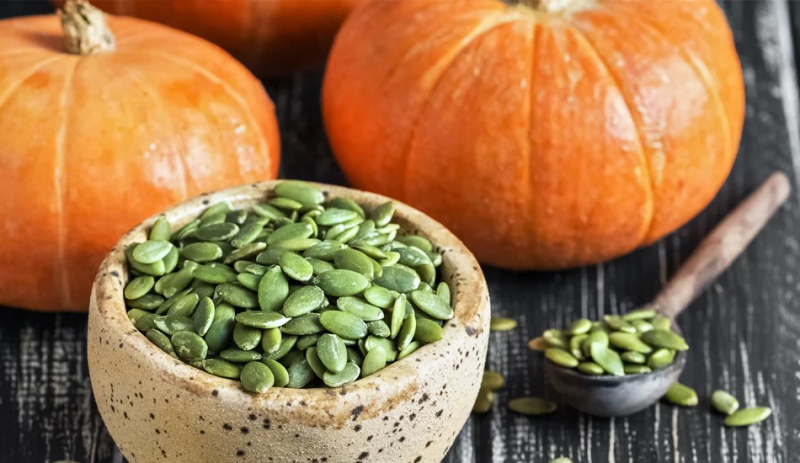
Pumpkin seeds 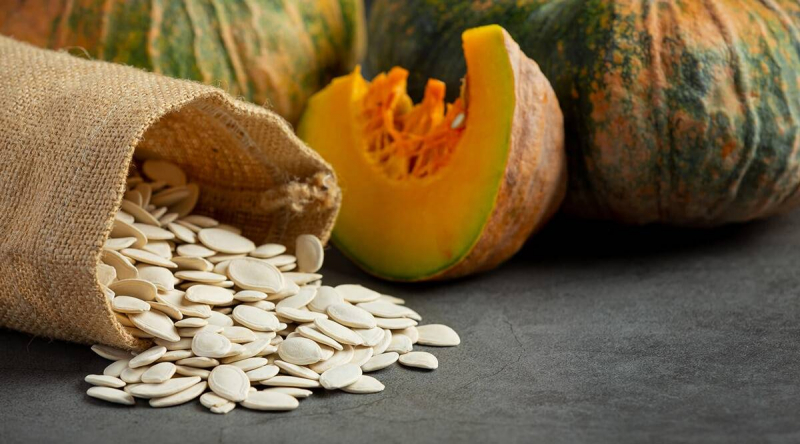
Pumpkin seeds -
The fruits or seeds of a plant family called Fabaceae are beans and other legumes. They are widely consumed around the world and are a great source of fiber as well as crucial vitamins and minerals.
Fiber, magnesium, and potassium are some of the nutrients found in beans and legumes that help control blood pressure. Eating beans and lentils may help decrease high blood pressure levels, according to numerous research. In comparison to other diets, beans and lentils significantly decreased SBP (systolic blood pressure) and average blood pressure in people with and without hypertension, according to a review of 8 studies including 554 participants. Beans may be used in a variety of recipes, including soups, tacos, salads, and others.
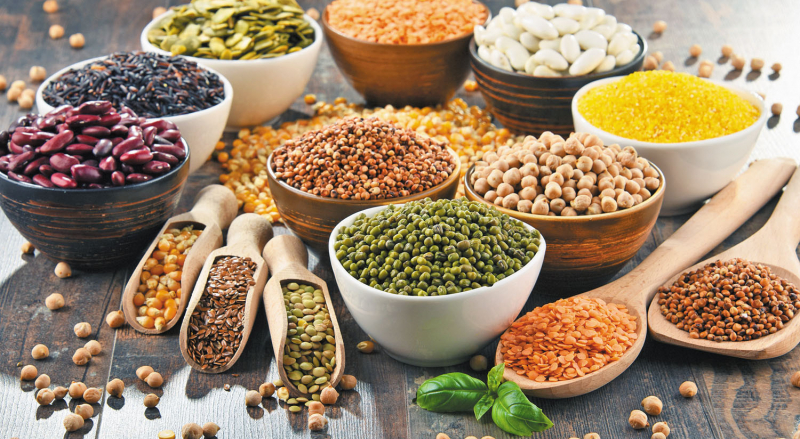
Beans and legumes 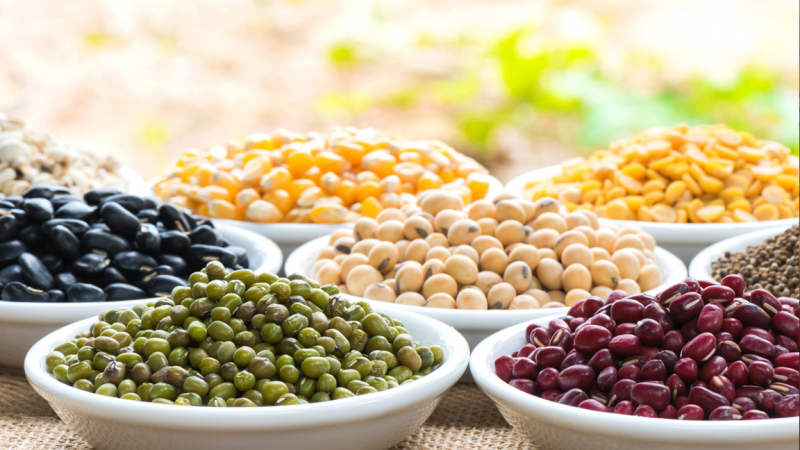
Beans and legumes -
One of the healthiest foods you can eat is berries. They contain lots of fiber, vitamin C, and antioxidants while having few calories. Berries have a number of surprising health benefits, including the potential to lower risk factors for heart disease including high blood pressure. Antioxidants, such as anthocyanins, the pigments that give berries their vivid color, are abundant in berries.
Anthocyanins have been demonstrated to raise blood levels of nitric oxide and decrease the production of blood vessel-restricting molecules, which may help in lowering blood pressure. However, to confirm these potential mechanisms, the further human study is required. Some of the berries that have been linked to decreasing blood pressure include blueberries, raspberries, chokeberries, cloudberries, and strawberries.

Berries 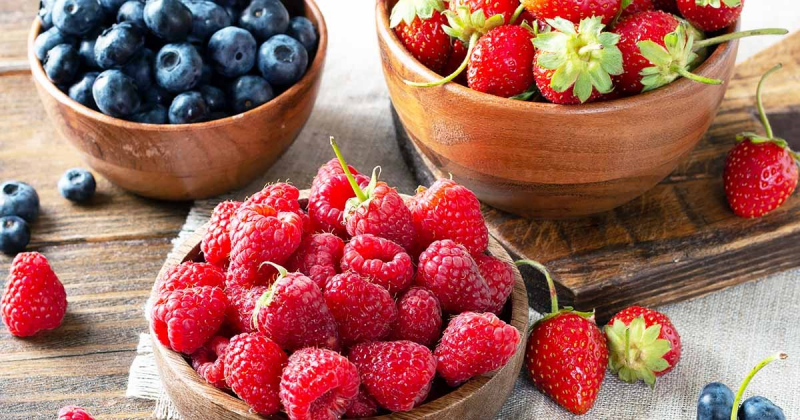
Berries -
The nutrients in amaranth can provide considerable health benefits. It contains vitamin C, which is essential for the body's healing process as it helps in the absorption of iron, the formation of blood vessels, the repair of muscle tissue, and the maintenance of collage. Consuming whole grains, such as amaranth, may help decrease blood pressure.
According to studies, eating a diet high in whole grains may lower your chance of developing high blood pressure. An increase in whole grain consumption of 30 grams per day was linked to an 8% lower risk of high blood pressure, according to a study of 28 research. Amaranth is a whole grain that’s particularly high in magnesium. A cooked cup (246 grams) offers 38% of the daily recommended magnesium intake.
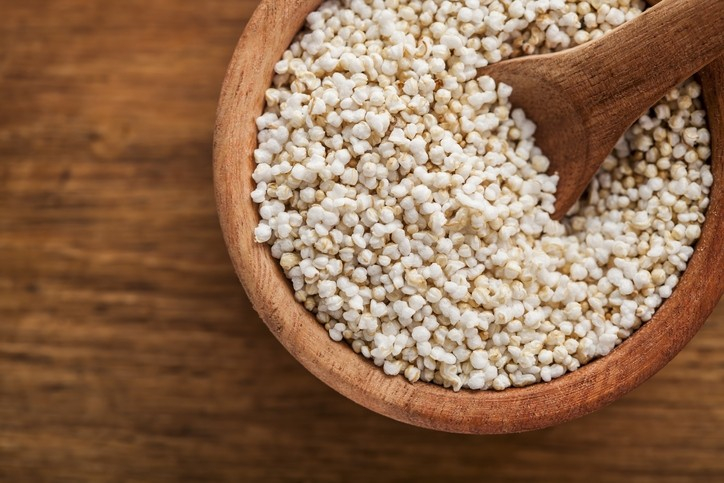
Amaranth 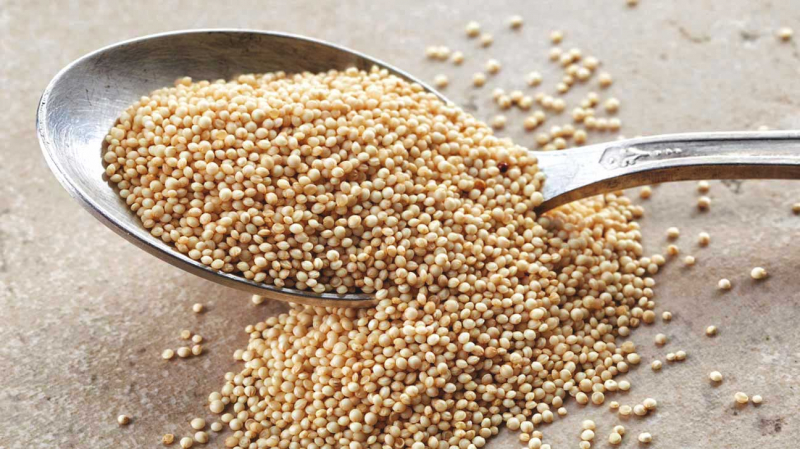
Amaranth -
Pistachios are very nutrient-dense, and eating them has been associated with healthy blood pressure levels. The fiber, minerals, and unsaturated fat that can help control your blood sugar, blood pressure, and cholesterol are abundant in pistachios. You may feel fuller for longer thanks to their protein and fiber.
Pistachios contain a lot of antioxidants and may also decrease blood cholesterol and blood pressure, reducing your risk of heart disease. They include significant levels of potassium and other nutrients that are crucial for maintaining heart health and controlling blood pressure. Eating pistachios had the greatest impact on lowering both SBP and DBP. Additionally, compared to other nuts, pistachios appear to lower blood pressure more. Pistachio consumption decreased the upper limit of blood pressure by 1.82 mm/Hg and the lower limit by 0.8 mm/Hg, according to a review of 21 studies.
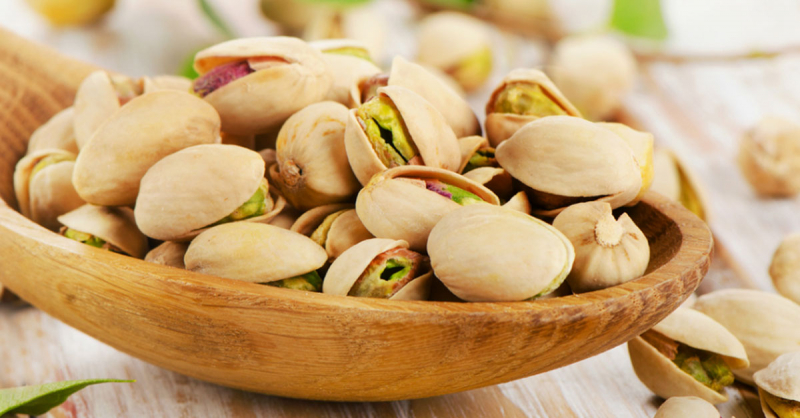
Pistachios 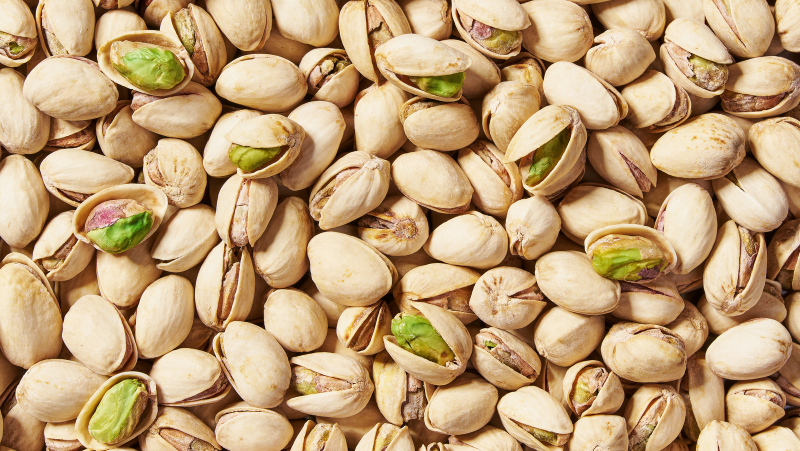
Pistachios -
Carrots are a staple vegetable in many people's diets because they are crunchy, sweet, and nutritious. The phenolic compounds is high amounts in carrots, including chlorogenic, p-coumaric, and caffeic acids, relax blood vessels and reduce inflammation, which may help lower blood pressure.
Carrots may be eaten either raw or cooked, although eating them raw may be better for lowering high blood pressure. One research involving 2,195 participants aged 40 to 59 found a significant relationship between raw carrot consumption and decreased blood pressure. Another small study including 17 people found that drinking 16 ounces (473 mL) of fresh carrot juice every day for three months decreased SBP but not DBP.
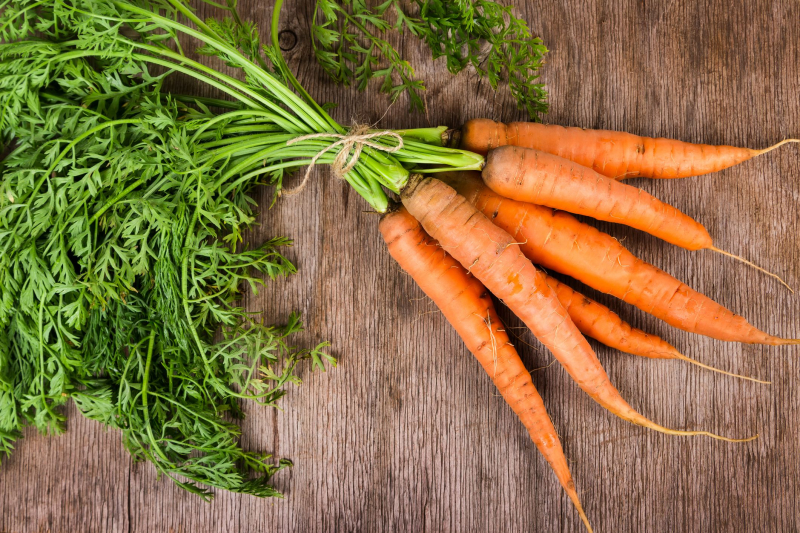
Carrots 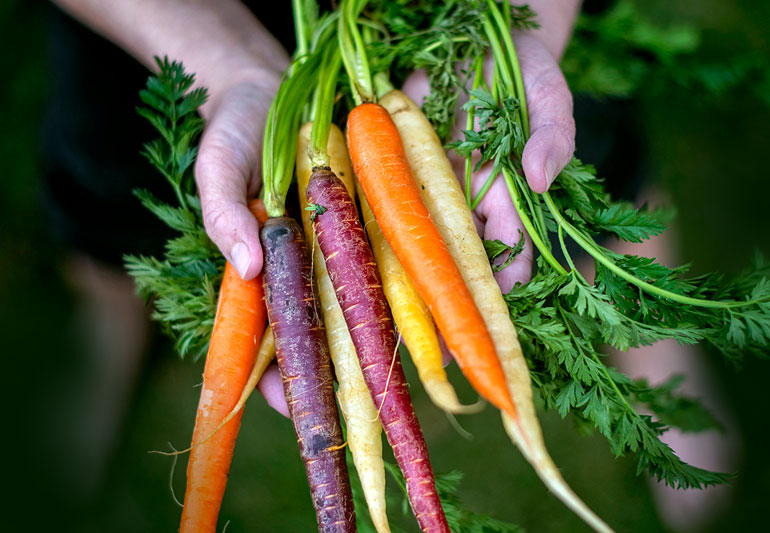
Carrots -
One well-liked vegetable that might lower blood pressure is celery. In one study that linked eating raw carrots to lower blood pressure, it was shown that cooked celery intake was also significantly related to reduced blood pressure.
Phthalides are a type of phytochemical found in celery. It is known as NBP as an extract, and it relaxes the artery wall tissues to improve blood flow and lower blood pressure. Research has found that taking celery seed extract improved BP levels in patients who had mild to moderate elevations. And eating the whole food is better. The salt level of celery stalks is low, and you also get fiber, magnesium, and potassium to help control your blood pressure.
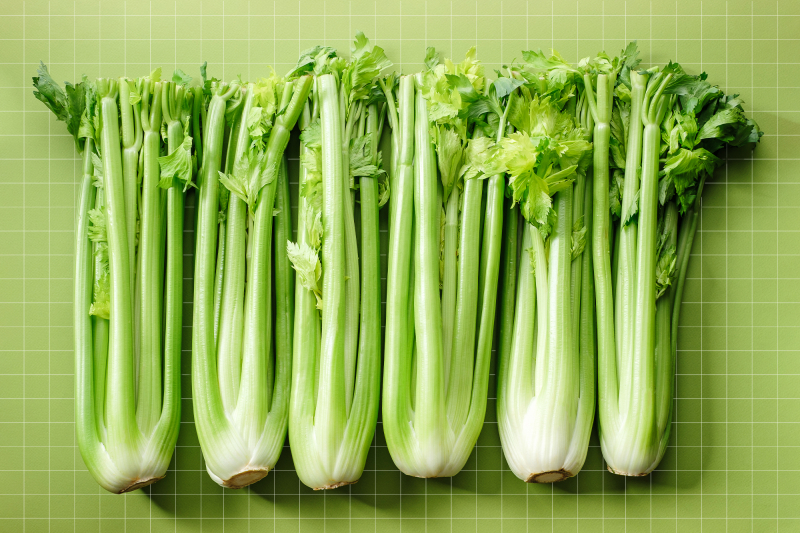
Celery 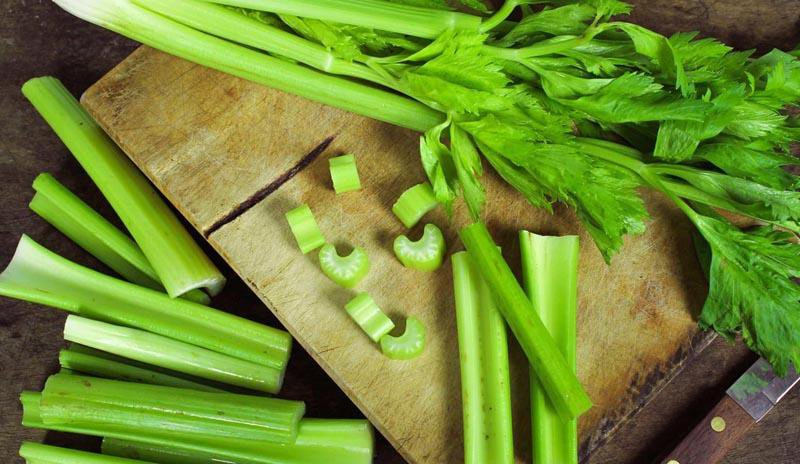
Celery -
Tomatoes are juicy and sweet, full of antioxidants, and may help fight several diseases. They are also a great source of vitamin C, potassium, folate, and vitamin K, which have been linked to many health benefits.
Potassium and the carotenoid pigment lycopene are two of the numerous nutrients commonly found in tomatoes and tomato-based products. Eating foods high in lycopene, such as tomato products may help lessen heart disease risk factors like high blood pressure. Lycopene has been strongly linked to beneficial effects on heart health. According to an analysis of 21 research, eating tomatoes and tomato-related products lowers blood pressure and may lower your chance of developing heart disease and death related.
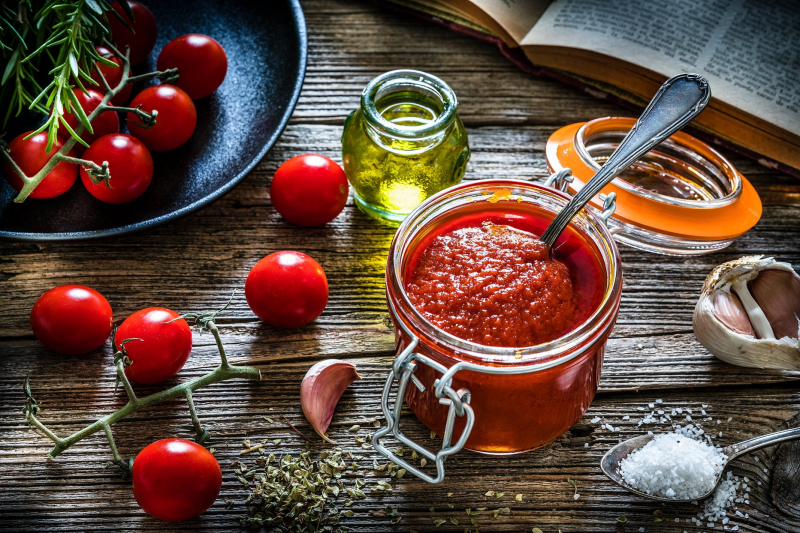
Tomatoes and tomato products 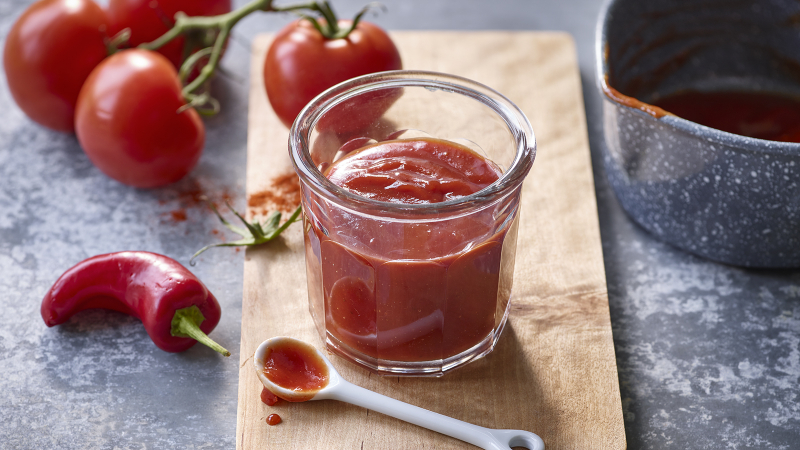
Tomatoes and tomato products -
It is well known that broccoli has many health benefits, including for your circulatory system. For example, adding this cruciferous vegetable into your diet can be a good decision to lower blood pressure.
Flavonoid antioxidants found mainly in broccoli may help decrease blood pressure by enhancing blood vessel function and increasing nitric oxide levels in the body. According to one research including data from 187,453 participants, those who ate four or more servings of broccoli per week were less likely to have a high blood pressure than those who only ate it once a month or less. It also boasts more protein than most other vegetables.
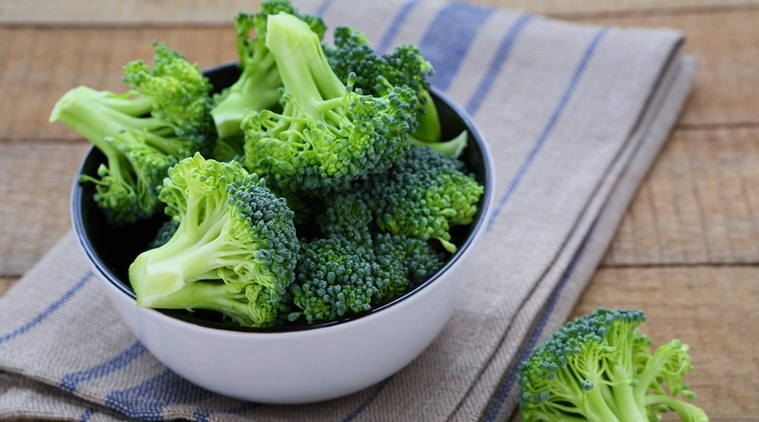
Broccoli 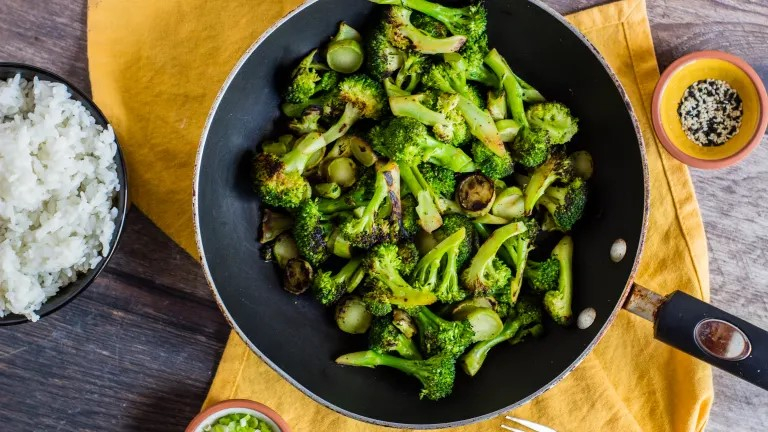
Broccoli -
Greek yogurt is different from other types of yogurt because the whey is removed during the straining process. Whey is a liquid that contains lactose, a natural sugar found in milk.
Greek yogurt is a dairy product rich in nutrients and loaded with potassium and calcium, two minerals that help control blood pressure. According to a study of 28 research, eating three servings of dairy per day was linked to a 13% lower risk of hypertension, and increasing your daily dairy intake by 7 ounces (200 grams) was linked to a 5% lower risk. Probiotics are also included, which help maintain a balanced bacteria in the gut. Consuming Greek yogurt may reduce type 2 diabetes risk as well as blood pressure.
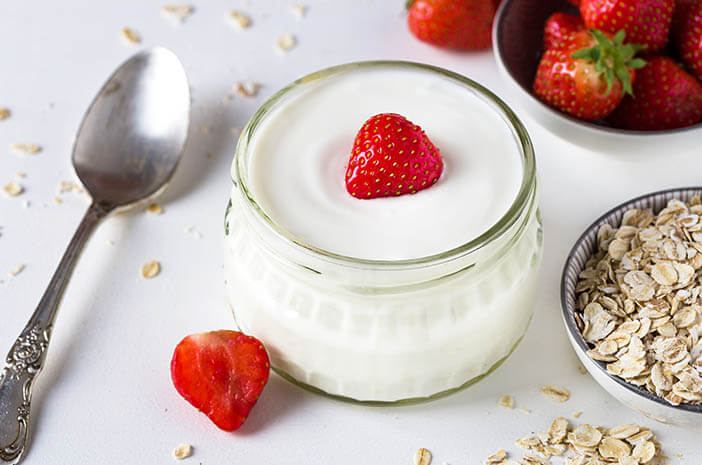
Greek yogurt 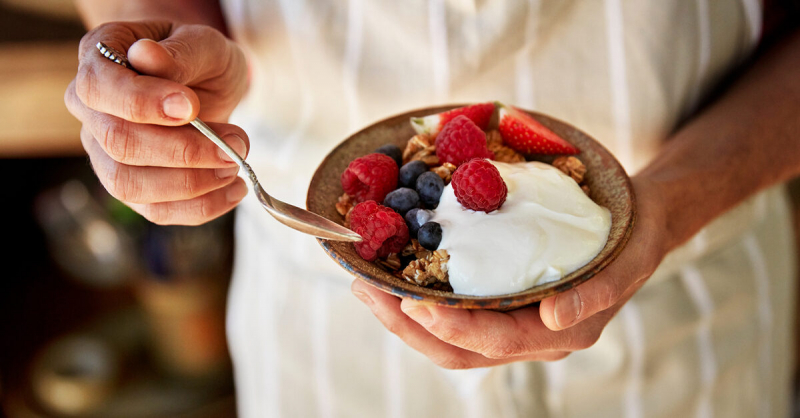
Greek yogurt -
Herbs and spices have been used for both culinary and medicinal purposes for centuries. More Americans are using spices and herbs as medicines and treatments, particularly for a variety of chronic diseases.
In fact, research suggests that some herbs and spices may lower blood pressure, so you might want to think about including them in your diet . Powerful compounds found in some herbs and spices may help lower blood pressure by allowing blood vessels to relax. Animal and human studies have demonstrated the potential for a number of herbs and spices to decrease blood pressure, including celery seed, cilantro, saffron, lemongrass, black cumin, ginseng, cinnamon, cardamom, sweet basil, and ginger.
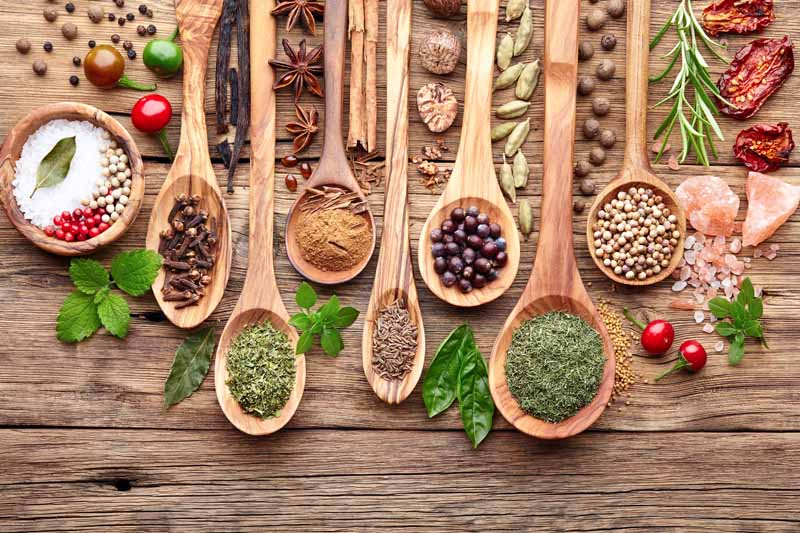
Herbs and spices 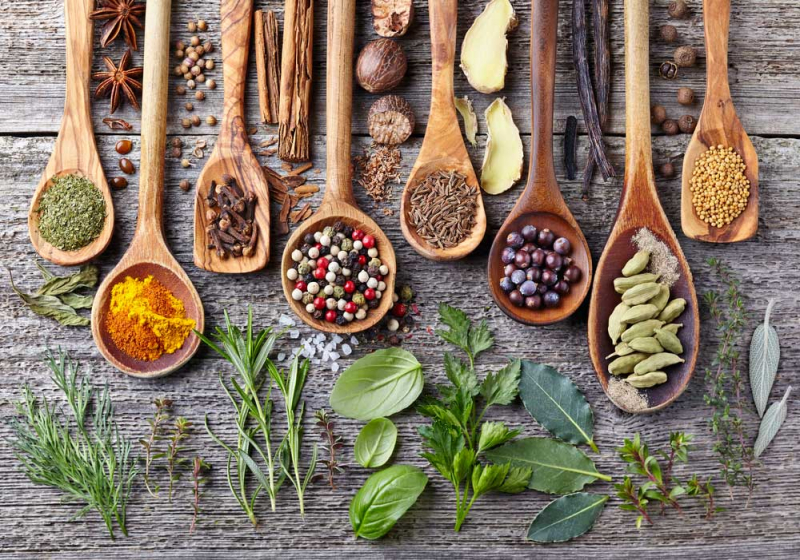
Herbs and spices -
Chia and flax both appear to offer benefits for lowering blood pressure. Both of them are packed with nutrients like potassium, magnesium, and fiber which are crucial for maintaining healthy blood pressure regulation.
35 grams of chia seeds flour per day was found to lower blood pressure in both medicated and unmedicated participants in one short 12-week research including 26 adults with high blood pressure when compared to a placebo. Additionally, results from a review of 11 research indicated that consuming flax seeds, particularly when taken in their whole seed form for 12 weeks or more, may help decrease blood pressure levels.
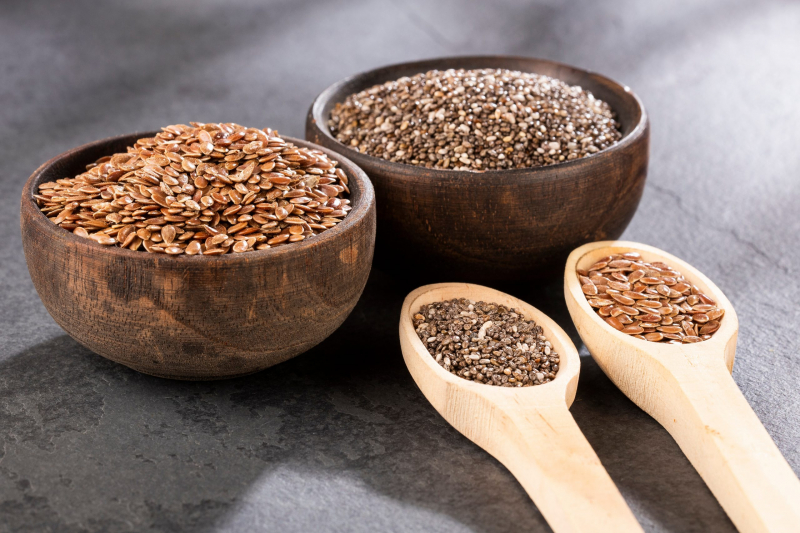
Chia and flax seeds 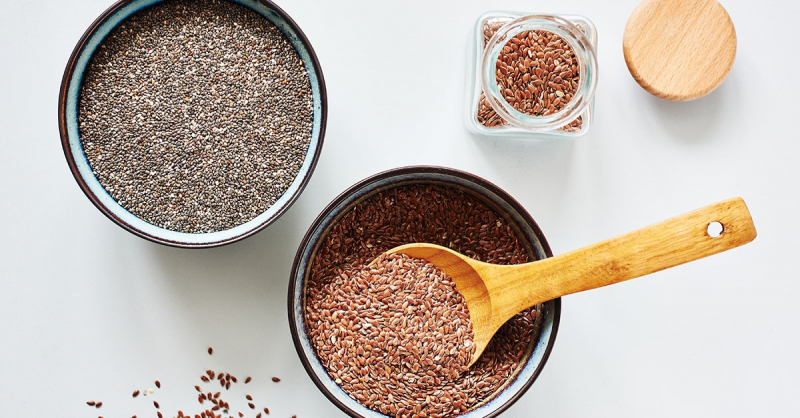
Chia and flax seeds

















